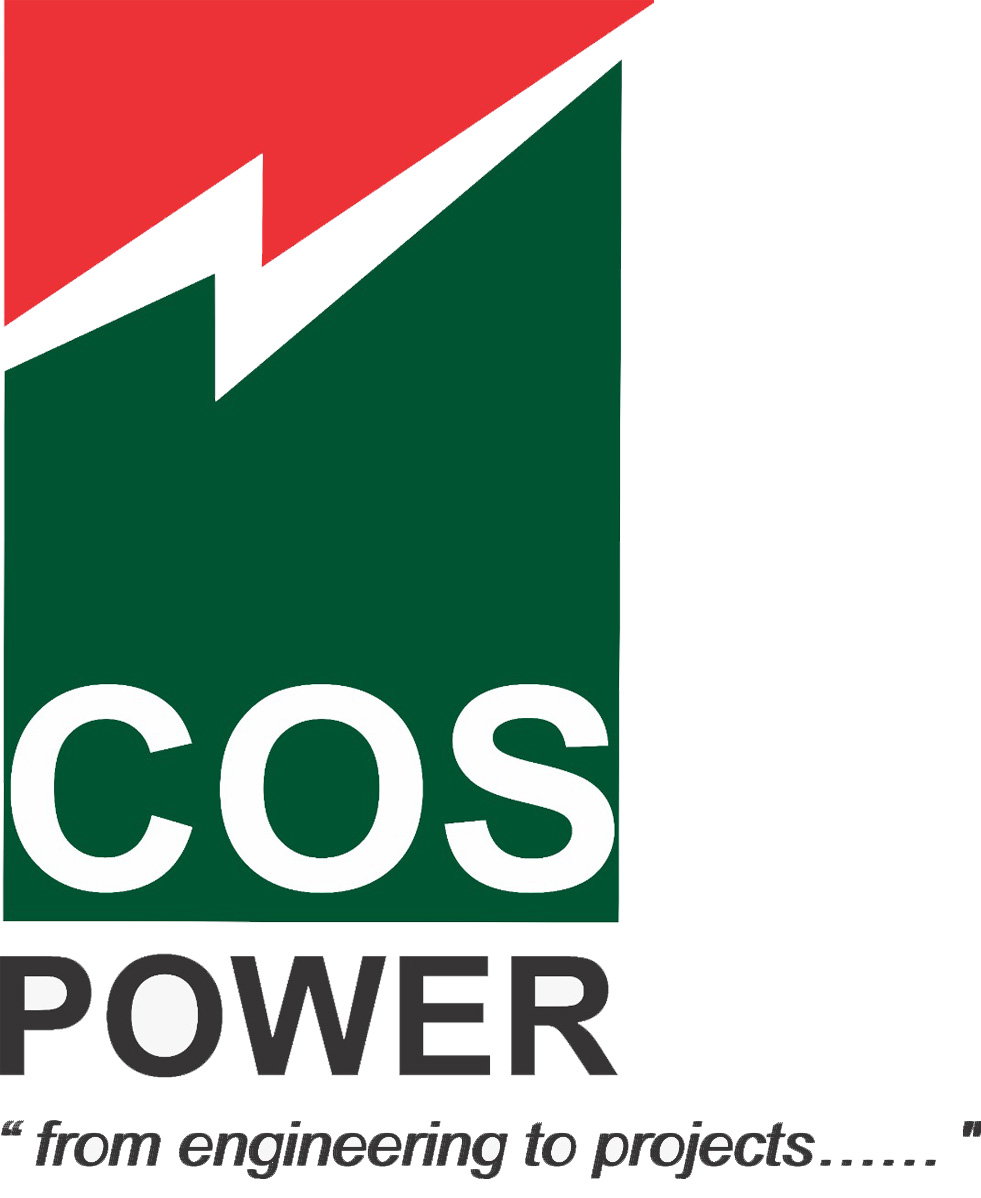UNDERSTANDING OF POWER FACTOR :-
To understand power factor, we’ll first start with the definition of some basic terms:
• KW is Working Power (also called Actual Power or Active Power or Real Power). It is the power that actually powers the equipment and performs useful work.
• KVAr is Reactive Power. It is the power that magnetic equipment (transformer, motor and relay) needs to produce the magnetizing flux.
• KVA is Apparent Power. It is the “vectorial summation” of KVAr and KW.
HOW DOES CAPACITOR WORK TO IMPROVE POWER FACTOR ?
There are two types of power i.e. inductive and capacitive. Inductive loads store energy in a magnetic field. The peak current drawn from an inductive load lags peak voltage by 90 degrees. A capacitive load stores energy. The peak current drawn from a capacitive load leads voltage peak by 90 degrees.
Most industrial loads have a lagging current from induction motors. Figure 1above shows when an inductive current has a positive peak, capacitive current has a negative current peak. Inductive current and capacitive current have an inverse relationship. Capacitors discharges current when inductors are conducting current, and inductors supply current when capacitors are charging. By matching capacitors to an inductive system, reactive current can be canceled out reducing the demand on upstream electrical equipment.

An example of adding capacitors to an inductive system to reduce KVA is show in Figure 2. The first part of figure 2 shows an inductive load with a 0.707 power factor. The apparent current is 1.4 (1 ÷ 0.707) times the real current. The distribution system needs to be sized for 1.4 times the power used create real work. The second part of figure 2 shows that adding capacitive reactance, the power factor can theoretically be increased to 1 resulting in 100% of the apparent power (KVA) supplied is actually required for producing real work (KW).


Figure 2
Power Capacitor is a power saving product. Hence, unlike any other electrical equipment, this product has a payback period. This payback period varies between a few months to 1 year depending upon the economics of the electrical system and also depends of the power tariff structure by the utilities.
Today, there are alternatives in the pattern of electricity billing adopted by some power utilities like kVAh billing instead of kWh, load factor incentives and others. Such methods are adopted only to encourage consumers to install capacitors and improve power factor. All these variations will only save more electricity cost and reduce the payback periods

THESE APART THERE ARE HIDDEN ADVANTAGES OF CAPACITOR INSTALLATION SUCH AS:
• Reduction in demand thereby more utilization of power. No necessity to apply for more power.
• Reduction in current. Reduces the stress on the current carrying part of the system and hence increasing its life.
• Improvement of voltage profile of the system. Usually, after installation of capacitor the voltage improves. It is useful in places having low voltage problems.
• Decrease in cable and line losses
Having seen above, the basic benefits of installing capacitor, there is no doubt that this is a product, which is essential for any industry. Moreover, all State Electricity Boards and Utilities have imposed strict measures on their consumers to maintain a minimum power factor. The stipulation of minimum power factor varies from 0.90 to 0.92 depending upon the respective power utility. Although today the awareness of the advantages of capacitor is high, still there is a need to educate many industries about its importance.
Overall advantages to the power utility are :-
• The utility can supply saved power to the new customer to earn additional revenue
• Losses of the transformer also reduced due to PF improvement
• Efficiency of the transformer is good
COSPOWER ENGINEERING LTD.’S EXPERTISE IN PF IMPROVEMENT :
Deciding on the rating of Capacitor Bank is simple and well known to all. In today’s scenario the critical aspect is deciding on the combination of the capacitor banks and study of the power tariff structure of the concerned power utility. Hence following steps are followed by our engineers while carrying our the engineering of the Capacitor Installation:
• Calculate the kVAr rating of Capacitorto achieve the target PF
• Study the tariff system of the power utility
• Decide on the combination of capacitor
• Decide on the location of the capacitor
• Put the complete data on the specialised software and simulate various load conditions with the combination of capacitor
• Decide on fixed and variable capacitors
• Decide of the rating of capacitors to be allotted for high and low voltage levels
• Find out the best combination such the PF is improved, and the losses are also reduced
• Try to achieve PF close the unity are very load centre so that the losses are minimised
• Work out the design parameters of capacitors
• Prepare the drawings based on the space requirement
• Recommend the various allied equipment and the switching and protection system
Cospower Engineering Limited has the expertise, manpower and facility to provide a near perfect solution in Reactive Power Compensation. More importantly our company is committed to the solutions offered and ensure that these are achieved by involving our team in the installation of commissioning of the system supplied by us.
